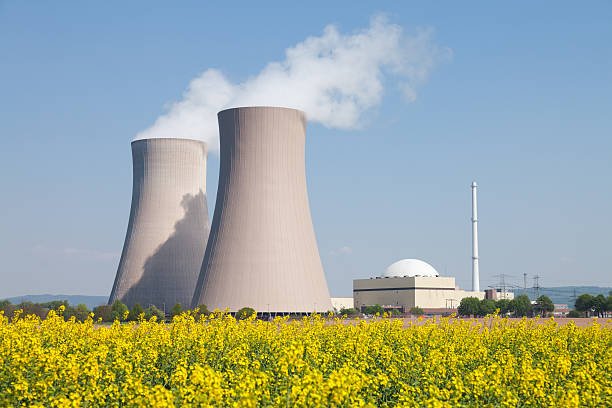How is Nuclear Energy Generated in South Africa?
Skip to content
Skip to sidebar
Skip to footer
How is Nuclear Energy Generated in South Africa?
How is Nuclear Energy Generated in South Africa?


